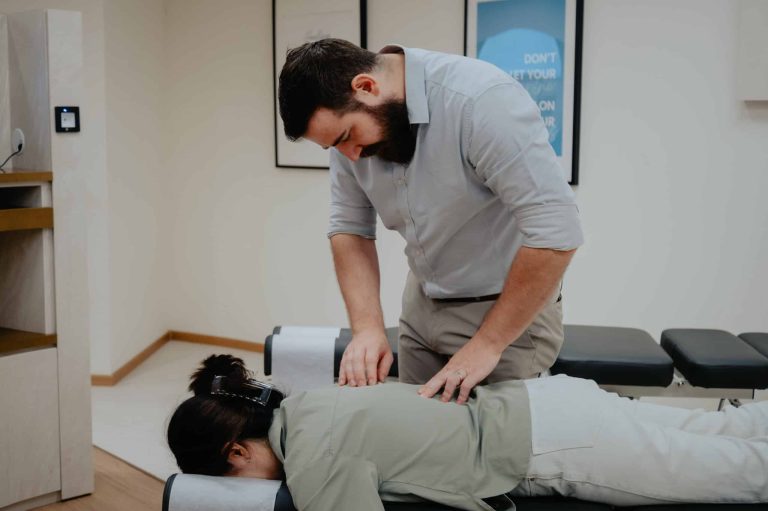Day: April 24, 2024
Symptoms and Causes of TMJ Disorder
TMJ disorder is a painful condition. It refers to a problem in temporomandibular joint or jaw joint which severely affects the jaw, neck, head & […]
What Does Restorative Dentistry Actually Mean?
A relatively new term is used these days in dentistry and this causes some degree of confusion among patients. When talking about restorative dentistry we […]













